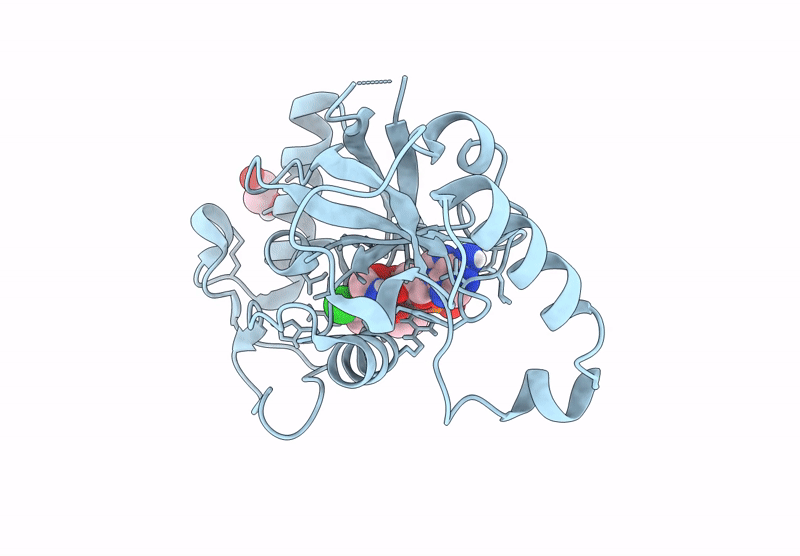
Deposition Date
2021-09-17
Release Date
2023-01-18
Last Version Date
2024-02-07
Entry Detail
PDB ID:
7PQK
Keywords:
Title:
Co-Crystal Structure of M. tuberculosis LeuRS in Complex with the Adduct Formed by Prodrug Cmpd1 with Adenosine-monophosphate
Biological Source:
Source Organism:
Host Organism:
Method Details:
Experimental Method:
Resolution:
1.15 Å
R-Value Free:
0.16
R-Value Work:
0.13
R-Value Observed:
0.13
Space Group:
P 21 21 21


